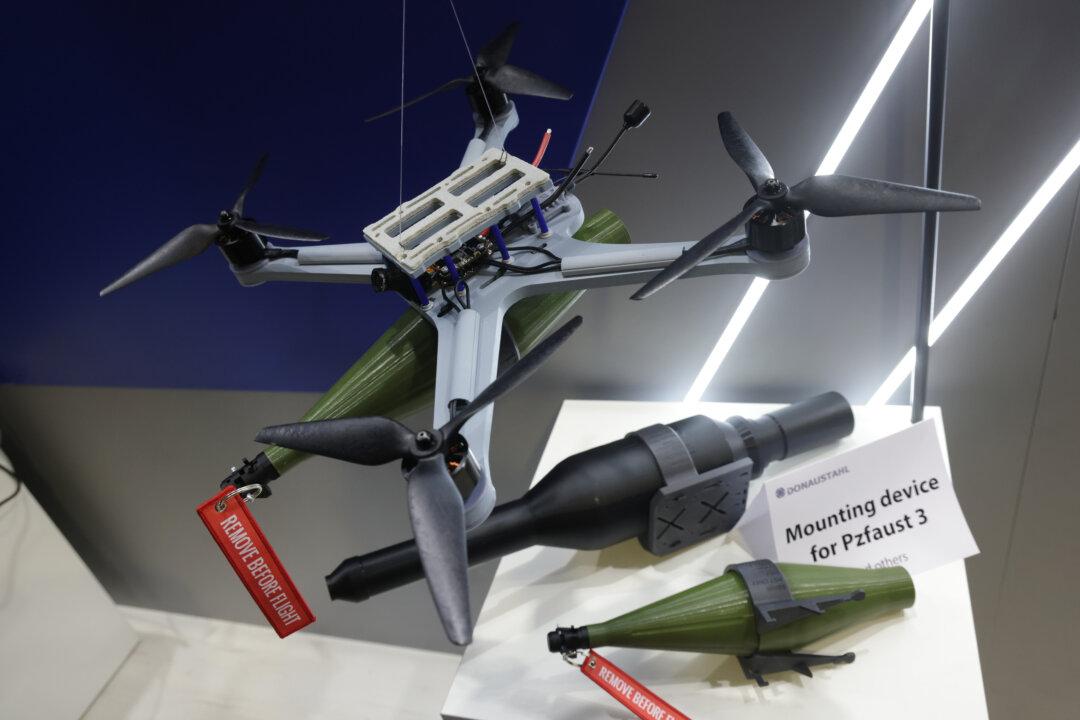Commentary
An axis of aggressors has embarked on a new strategy to defeat the West: relentless attacks with inexpensive weapons, produced at scale, to provoke a global response. Western militaries, which cling to outdated and excessively expensive weapon systems and platforms (that take too long to develop and replenish, and regularly exceed their budgets), are being systematically bled dry.


